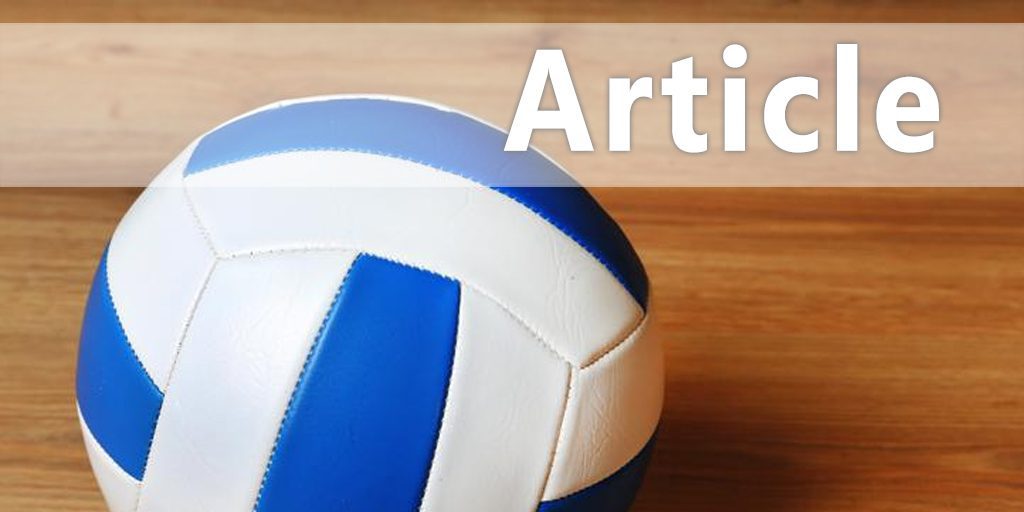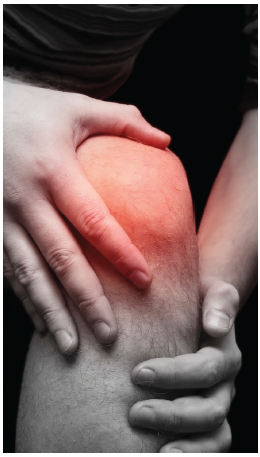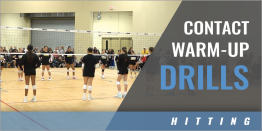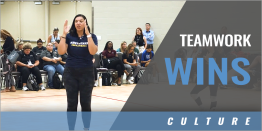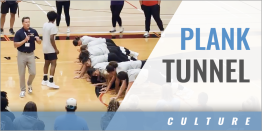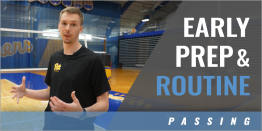|
By: Ken Kontor Originally Published in Coaching Volleyball Magazine Provided by: American Volleyball Coaches Association
The concussion buzz continues. The NFL has just launched a new "Heads Up Football" youth football program aimed at stopping the exodus of young boys from playing tackle football (USA Football reports the estimated number of participants at 2.82 million players this year, down from 3 million just three years ago). Concussions, like ACL tears, have been around forever. It's only now gaining attention because of things like the more than 4,000 former NFL players that are suing the league, drawing massive media attention. To a young volleyball player, an ACL injury can have an equally devastating impact on their playing career - potentially ending it. It seems ACL injuries are becoming more common and all we are doing is talking about Q angle, shoes and playing other sports. Now is the time to take a proactive approach. It is important that every volleyball coach reviews the actions they are taking to avoid this injury. It is important to first consider those things you have control over. Q angle is genetic. Strength and conditioning and jump techniques are two areas immediate action can take place. The following prevention principles are a great way to start. Review these with your strength coach, if you have one, or initiate a prevention program if you don't. Women don't have the same training background (training history) as men. At a young age, girls for the most part, don't participate in the same play activities as young boys. What is significant is the fact that when girls reach a competitive age in high school and college, they haven't done as much overall training (volume and intensity) as men. This "training gap" may be a significant cause of the problem. What is interesting is that most of the ACL injuries occur in non-contact situations. Many of these injuries occur when an athlete is landing or cutting-what is commonly referred to as receiving a load. This can occur in a variety of sport-specific skill activities. Once an athlete lands or plants, deceleration occurs. If the muscle is fatigued or in an compromised position during the action of receiving a load, the chance of injury increases.
Prevention Principles 1. Start Young Start injury prevention conditioning to gain strength in muscle bone, tendons, and ligaments at an early training age. Most experts agree that for female athletes, preventative training can start as early as late elementary-middle school ages. This differs from athlete to athlete. 2. Learn Mechanics Teach proper jumping, landing and change-of-direction mechanics to reduce the number of compromised positions the female athletes may find themselves in during practice and competition. Better balance will help with improving mechanics. 3. Train in a Quality Environment Since fatigue during training and competition is unavoidable in most sports, coaches should be attentive to the environment of fatigue. Fatigued muscles will react slower, thus providing a challenge to executing proper exercise technique. Injury prevention training should be done when athletes are fresh and recuperated. This ensures quality training. Ideally, this program can be part of an overall warm-up at the start of practice, which is the best assurance that the athletes are not fatigued but rather ready to learn proper body mechanics. The exercises can also be done in the early morning, allowing several hours of recuperation time before an afternoon practice. They can also be done on weekends that are free of practice or competitions. 4. Build Strength Stronger joints, tendons, ligaments and muscles in the lower body and core will potentially prevent or reduce the severity of injury. Being stronger will improve mechanics and balance. The strength goal of young female athletes is to effectively control their own body weight. Now is the time to do something to show your athletes and parents that you are aware of the problem and are taking the steps in your power to do something about it. It simply makes good sense to do something now that will ensure the continued growth of volleyball and avoid the mistakes of football.
|
